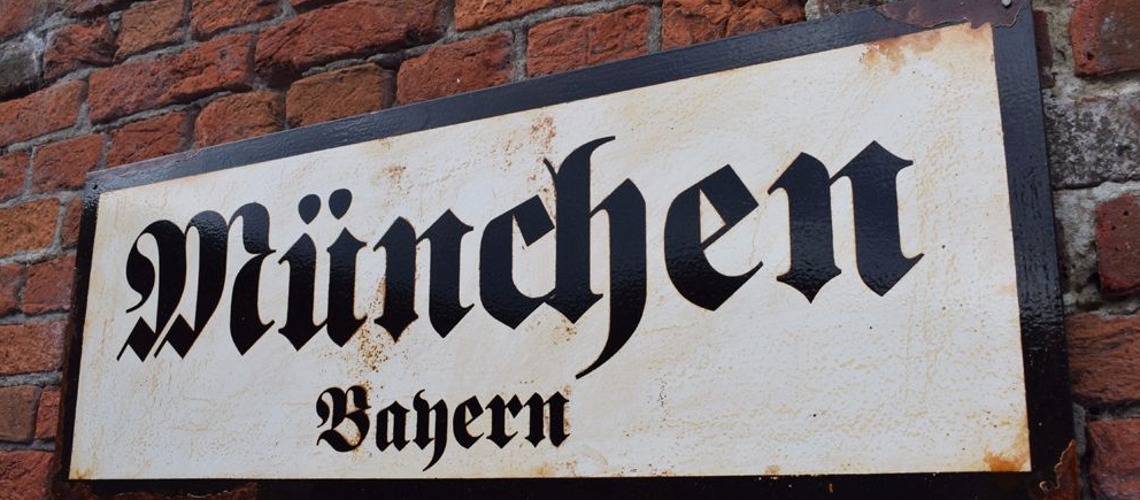Feasibility Study For The Cable Car In The North Of Munich Published

The feasibility study for the cable car on Muncih's Frankfurter Ring has shown that it is technically feasible and can also be integrated in terms of urban planning and natural space. However, it brings hardly any new passengers compared to the alternatives tram and express bus that were examined. The costs for this are extremely high at an estimated EUR 433 million.
High costs and a comparatively low benefit are also forecast for a realization via the Isar to Unterföhring. Nevertheless, a ropeway shows its strengths when crossing an obstacle. The team of experts therefore recommends investigating a connection between the student town and Unterföhring in more depth.
Lord Mayor Dieter Reiter: "It's a shame that the chosen route obviously - contrary to the original assessment of the administration - would mean no significant transport benefit, but would mean comparatively high costs. Therefore, I will ask the administration to think about whether there are routes in the city area or in connection with the region that bring traffic benefits at reasonable costs. The city council will also decide on the section to Unterföhring in this context.”
Bavaria's Minister of Transport Kerstin Schreyer: "As the Ministry of Transport, we think mobility broadly. Urban ropeways can show their strengths above all where obstacles have to be crossed - this is clearly shown again in the report. As a free state, we were happy to support the feasibility study and would be delighted if the state capital would continue to pursue the plans for a route across the Isar to Unterföhring.”
Georg Dunkel, Mobility Officer of the City of Munich: “As the Mobility Department, we are always on the lookout for efficient solutions. The feasibility study has a clear result: the cable car would be feasible, but it would not bring any noticeable improvement in the traffic situation on the Frankfurter Ring, and that at relatively high cost. To solve the traffic problems in the north of Munich, we will develop alternative solutions, especially for public transport.”
Whether and how to proceed is now being discussed by the responsible committees on the basis of the recommendations of the experts and the administration. A draft resolution is planned for the Munich City Council in the first half of the year.
The feasibility study was commissioned by the mobility department of the City of Munich to explore new ways of improving the traffic situation on the Frankfurter Ring. A cable car, a tram and an express bus line were compared as alternative public transport systems in terms of passenger potential and costs. In addition, the technical feasibility as well as urban and natural aspects were examined. Because of its supra-regional importance, half of the study was subsidized by the Bavarian State Ministry for Housing, Building and Transport (StMB). Stadtwerke München GmbH and other municipal and state departments were involved.
Nine route variants were examined for the study. The almost eleven kilometer route along the Frankfurter Ring between the Fasanerie and Unterföhring S-Bahn stations has the greatest passenger potential for the cable car with 23,000 passengers per day. It was therefore examined in depth as a preferred variant. Among other things, road cross-sections and the location of deflection structures were checked, as well as, for example, possible shading from station buildings or cabins and possible visual and noise pollution for the residents.
According to this, a cable car could be operated as a three-cable orbital cableway: Approx. 20 people would find space in each of the 84 cabins, which have to be rather narrow for urban operation. The cabins would enter the central stops at intervals of 45 seconds (260 meters) and stay there for about 33 seconds. The travel time of a cabin for the nine-stop route would be 29.9 minutes. A strength of the ropeway is its low susceptibility to failure. However, if maintenance work is necessary, the affected cable car section (so-called cable loop) must be completely shut down.
However, the transport benefit of the cable car is small compared to an alternative express bus, for example. The passenger potential is only 3,000 transport cases higher per day. However, this is offset by investment costs of €433 million for the cable car and €19.02 million for the express bus. In addition, it would also be necessary for a cable car to eliminate lanes on the Frankfurter Ring in some sections at the stations. This is related to the access for passengers to the bus stops. In considering the cost-benefit ratio, the expert offices therefore recommend not pursuing a cable car on the Frankfurter Ring section any further.
In principle, ropeway systems show their advantages when overcoming barriers, for example over railway tracks or the Isar. The team of experts therefore recommends examining the section from the Studentenstadt U-Bahn station to the Unterföhring S-Bahn station in more detail (approx. 3.7 km, three stations, approx. ten minutes travel time), since a tourist-related passenger volume is also to be expected here would be (English Garden). However, costs of around 160 million euros are also estimated here, with a transport potential of 2,900 passengers/day.
Next, the mobility department of the City of Munich will evaluate the results of the feasibility study and submit a recommendation to the city council as part of a draft resolution. In the run-up to this, further talks are held with the municipality of Unterföhring, the Free State of Bavaria and possible operators on questions of the political evaluation of the expert recommendation, financing and operation in the event of a possible implementation. As part of the update of the infrastructure topic of the Munich local transport plan, the mobility department will carry out further investigations into the development of an attractive and efficient inner-city northern ring road.














